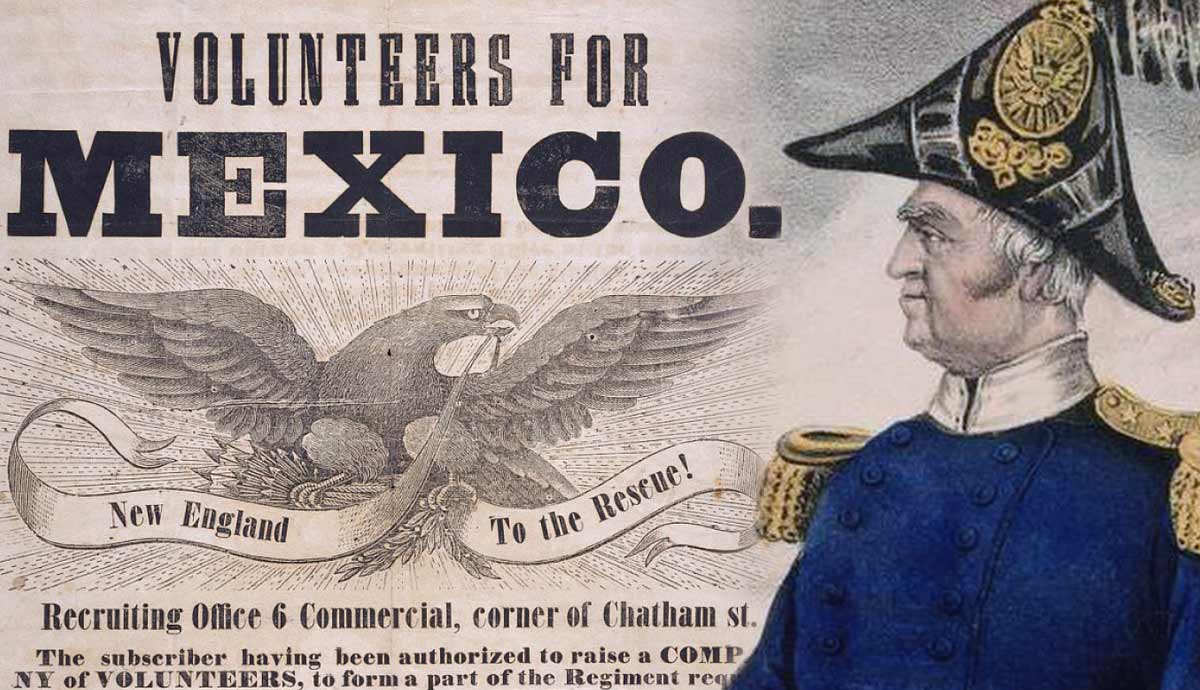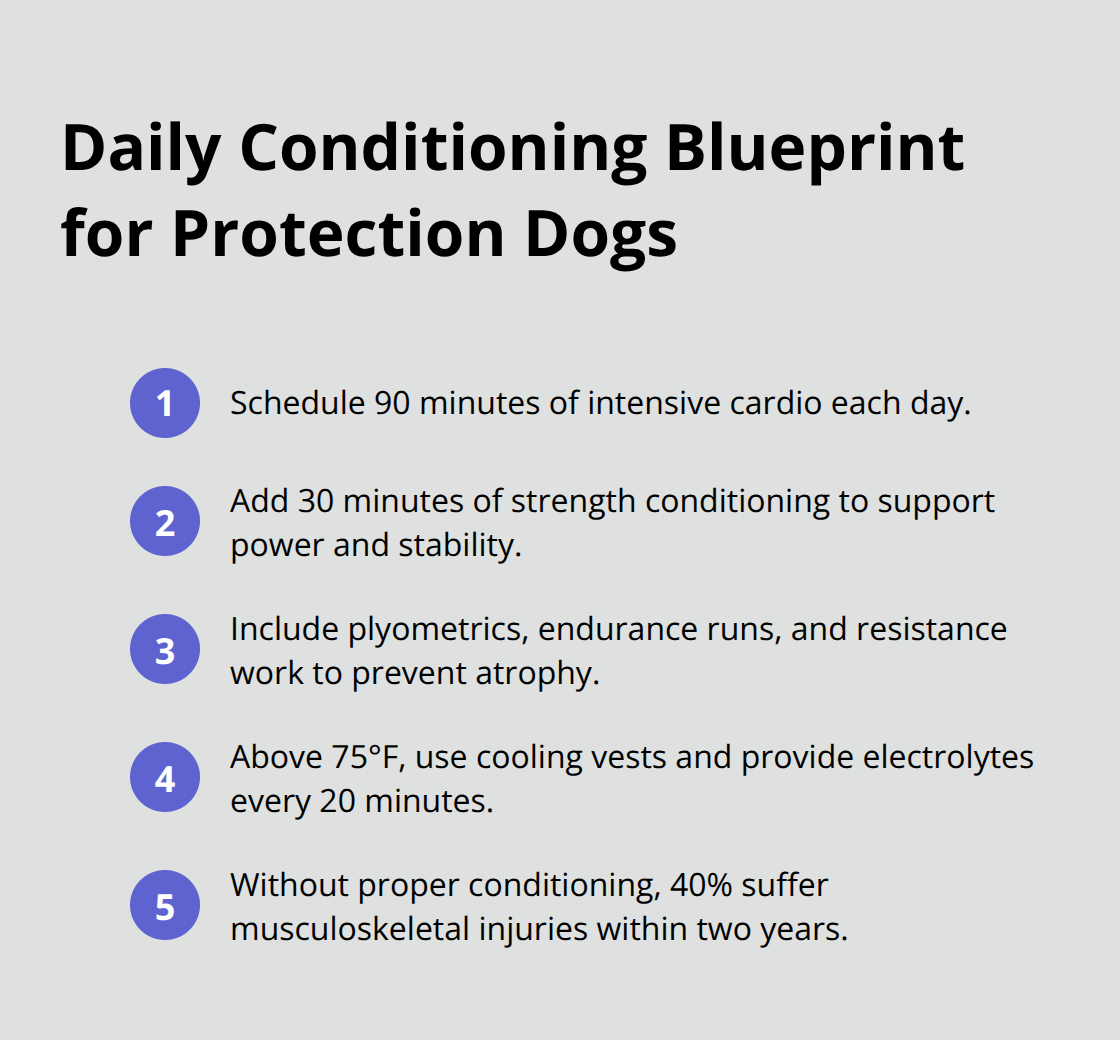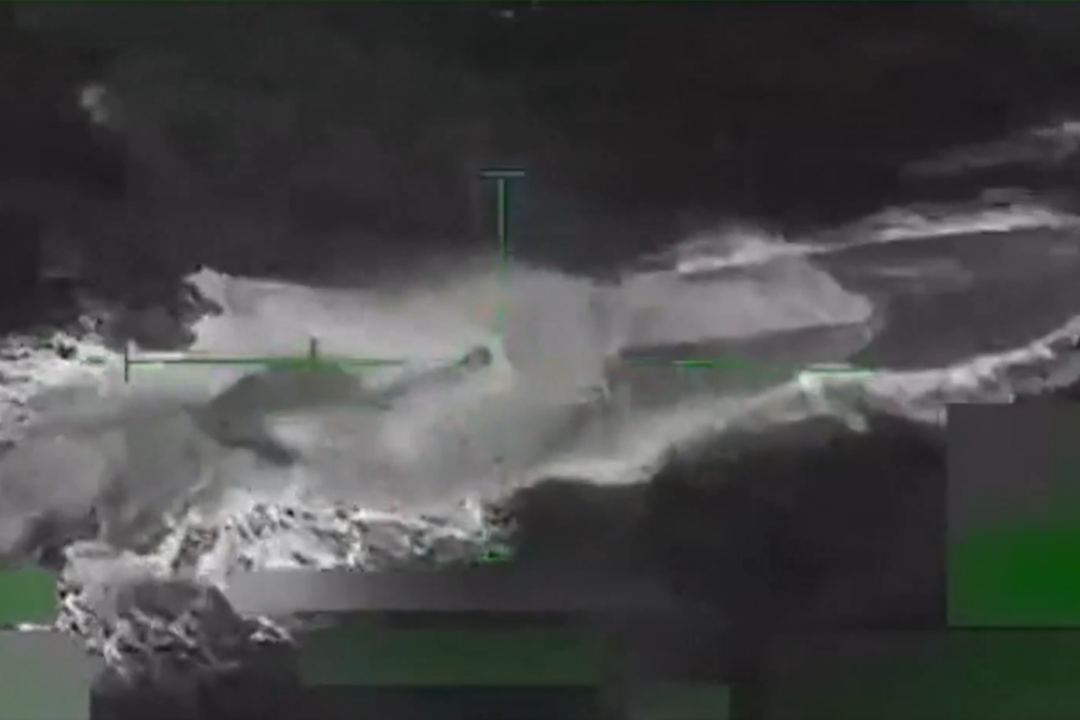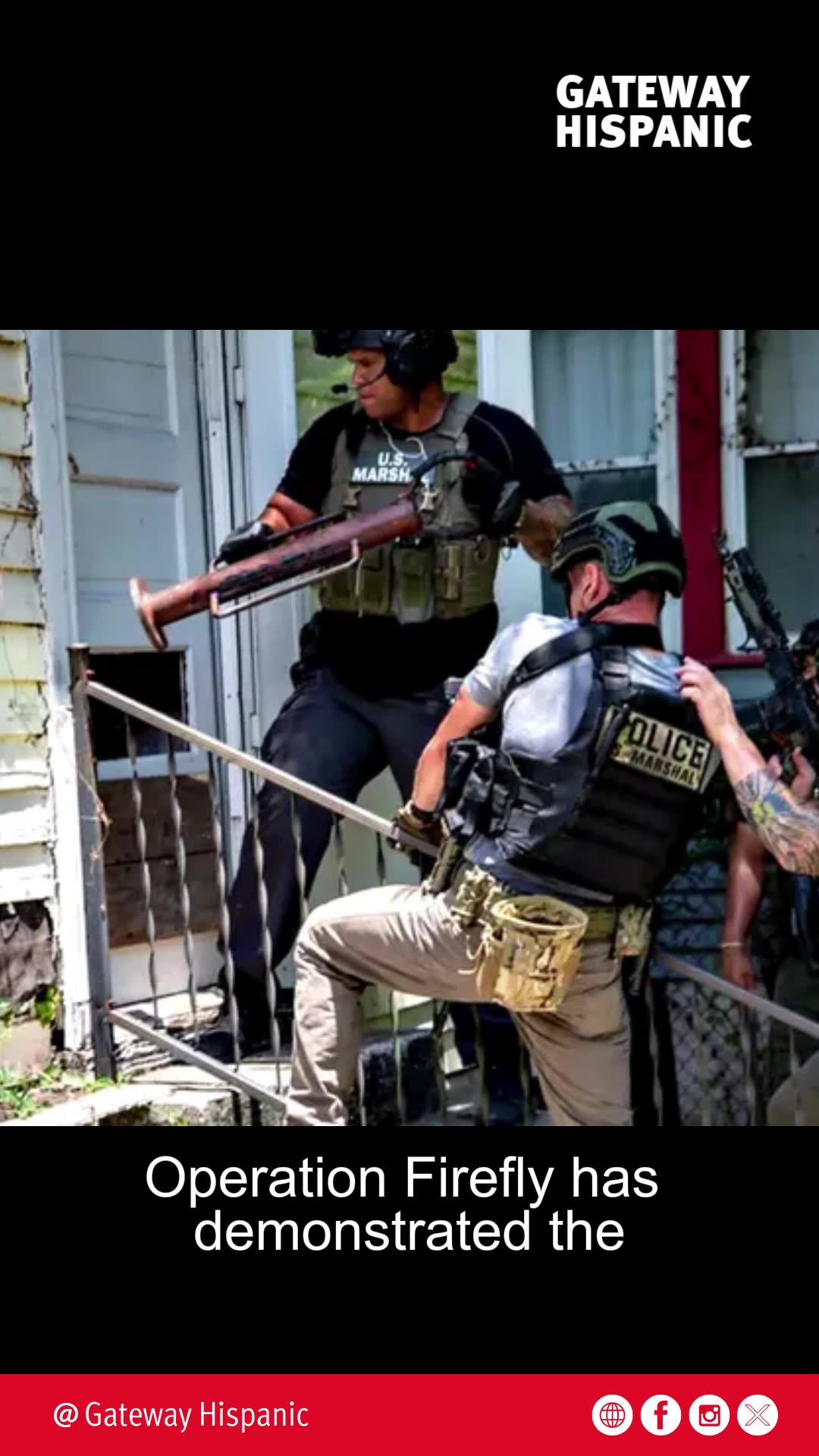
WWW.THECOLLECTOR.COM
When Was the Mexican-American War? Key Dates Explained
The timing of the Mexican-American War was indicative of developments in North America in the decades following the War of 1812. Improving relations with Britain reduced the prospect of foreign intervention, enabling the United States to carry on its westward expansion unmolested. While the Mexican-American War was relatively short and bloodless compared to the American Civil War just over a decade later, it was a formative conflict in American history. The following dates chart the major developments over the course of the war.March 1, 1845: United States Annexation of TexasStamp commemorating the Republic of Texas, 1986. Source: National Postal Museum, Smithsonian InstitutionWhile the Mexican-American War officially began in 1846, the primary catalyst of the conflict was the American annexation of the Republic of Texas over one year earlier on March 1, 1845. Texas had been part of Mexico when the country gained its independence from Spain in 1821 following eleven years of fighting, but the arrival of American settlers changed the character of the region and led to the Texas Revolution in October 1835.The Texas Revolution was a short battle for liberty, lasting approximately six months. While Texas declared independence on March 2, 1836, the ensuing engagements were costly. The conflict saw heavy casualties during engagements including the Siege of Bexar, the Goliad Massacre, and the wars decisive turning point at the Battle of San Jacinto. Meanwhile, the Siege of the Alamo lives on in American folklore to this day for the heroic last stand of Texan revolutionaries after nearly two weeks of resisting Mexican assaults.After Texas secured its independence, many of the new republics citizens favoured rapid integration into the United States. To arrive at this objective, however, America had to navigate complex challenges including fierce political opposition and threats from Mexico, internal resistance from within Texas, domestic disagreements surrounding the status of slavery, and opposition from foreign powers to American expansionism. Despite these concerns, President John Tyler signed the Texas annexation bill shortly before leaving office in March 1845, sparking territorial disagreements with Mexico.April 25, 1846: The Thornton AffairPresident James Polk as illustrated by Jacques Reich at the National Portrait Gallery, 1899-1920. Source: Smithsonian InstitutionThe Thornton Affair on April 25, 1846 is considered the first engagement of the Mexican-American War. The skirmish took place in the disputed region near the Texas-Mexico border. Prior to the action, the United States and Mexico engaged in a lengthy dispute over the southern boundary of Texas.In hopes of remedying the conflict before the outbreak of war, President James Polk sent a special envoy for talks to resolve the border dispute and to purchase California and New Mexico from Mexico for $30 million. Viewing the mediation as an affront to Mexicos territorial integrity, Mexican President Jos Joaqun de Herrera refused to entertain any negotiations. Herrera was soon toppled in a coup by General Mariano Paredes y Arrillaga, who likewise refused to negotiate.As a result, President Polk dispatched American forces to the disputed region between the Nueces River and the Rio Grande River, hoping to incite conflict. The presidents wish was soon granted, and in late April 1846 United States Captain Seth Thorton was ambushed by Mexican troops in a clash that claimed the lives of 16 American soldiers, marking the outbreak of the Mexican-American War.May 8-9, 1846: Battles of Palo Alto and Resaca de la PalmaBroadside recruiting volunteers for service in the Mexican-American War, 1846. Source: Smithsonian InstitutionThe first major engagements of the Mexican-American War occurred even before Congress formally declared war on Mexico. One of the most significant confrontations early in the conflict was the Battle of Palo Alto on May 8, 1846. Future president Zachary Taylor commanded American troops during the engagement and achieved superiority through effective use of artillery. Taylor leveraged the flexibility of his light artillery batteries to counter a series of Mexican attacks.The following day, on May 9, 1846, General Taylor again inflicted a decisive defeat over Mexican troops. At the Battle of Resaca de la Palma, American forces relentlessly pursued their adversaries after the enemy retreated to a hasty defensive position in the nearby town after defeat at Palo Alto. There, Taylor and his men captured key Mexican artillery positions, causing confusion amongst General Mariano Aristas troops.These victories near Brownsville, Texas, solidified United States control of Texas disputed border region, a strategic area during the Mexican-American War. American superiority in northern Mexico prevented the Mexicans from accessing vital supplies for future engagements further south. Conquests at Palo Alto and Resaca de la Palma enhanced Taylors public image, elevating him to the presidency in 1849. Taylor was in favor of granting statehood to California but died in July 1850 a few months before it happened.September 21-24, 1846: Battle of MonterreyGeneral Zachary Taylor at the National Portrait Gallery by Nathaniel Currier, 1847. Source: Smithsonian InstitutionAfter key victories in the first major engagements of the Mexican-American War, General Taylor led his troops towards Monterrey, a strategic fortified stronghold in northeastern Mexico. Capturing the city, however, proved much more challenging compared to the American Armys previous actions. Mexican troops exploited the fortifications defenses efficiently, but after several waves of fierce offensives, General Ampudias forces began to lose ground to the United States.As the battle matured, Taylor successfully secured the Bishops Palace, an elevated position west of Monterrey that overlooked avenues of approach into the city. After several days of fierce exchanges, America and Mexico agreed to a truce. While the United States was granted the city, surviving Mexican troops were permitted to keep their weapons as they departed the region, a particularly controversial decision from American troops and officers who knew more hostilities resided in their near future.While the Battle of Monterrey ended with a negotiated truce, the occupation of the city represented major progress for the United States during the Mexican-American War. The victory gave America an advantageous foothold deeper into Mexico, boosting morale for further operations. In the months following victory in Mexicos northeastern territories, the United States enjoyed key successes at the Battles of El Brazito, Buena Vista, and Sacramento River despite being significantly outnumbered in the latter two engagements. As spring of 1847 approached, American forces sought to end the conflict by landing at Veracruz and marching on Mexico City.September 14, 1847: Capture of Mexico CityGeneral Winfield Scott, artist unknown, 1861. Source: National Portrait Gallery, Smithsonian InstitutionThe United States capture of Mexico City on September 14, 1847, essentially ended combat operations of the Mexican-American War. Six months earlier, on March 9, General Winfield Scott launched the first large-scale amphibious assault in American military history at Veracruz. Scotts 12,000 men quickly encircled the garrison, cutting it off from much-needed supplies.Closer to Mexicos capital, the Battle of Chapultepec set conditions for the capture of Mexico City. On September 12, General Scott advanced towards Chapultepec Castle, a fortress on high-ground near Mexico City that served as a military academy. After overwhelming bombardments and infantry assaults, Mexican soldiers and cadets succumbed to the American offensive. The valiant defense, while unsuccessful, remains well-known in Mexican military circles today.With Chapultepec under American control, General Scott moved towards Mexico City just one day later. By September 14, 1847, Mexicos government officials already fled the capital city, leaving little military and civilian resistance to counter American occupation. The Stars and Stripes was raised over Mexicos National Palace, representing the conclusion of the Mexican-American War. Scotts landing at Veracruz and the march on Mexico City would influence American military doctrine during the American Civil War.February 2, 1848: Signing of the Treaty of Guadalupe HidalgoRelief map of the western United States by the Schmitz-Horning Co., 1930-1940. Source: Smithsonian InstitutionDespite hostilities ending on September 14, 1847, the ensuing peace settlement was not signed until nearly half a year later on February 2, 1848. In addition to addressing the prewar border disputes by recognizing the Rio Grande as the southern border of Texas, Mexico was obliged to cede 525,000 square miles of land to America.While Mexico was offered $15 million in compensation for its ceded regions, the Treaty of Guadalupe Hidalgo heavily favored the United States by granting the victor with territories that were later organized into the states of California, Nevada, Utah, Arizona, New Mexico, Colorado, Wyoming, and Texas. The newly acquired lands fulfilled many of Americas political and economic ambitions in the 19th century.The Treaty of Guadalupe Hidalgo had a positive impact on the economic development and prosperity of the United States, but the conflict had lasting negative effects for other populations. Mexican citizens residing in ceded territories were given the choice of relocating to Mexico or remaining as full American citizens. This outcome heavily influenced Latino cultural influences in the southwestern United States that remain today.In an echo of the harrowing Trail of Tears further east, the treaty forced Native American tribes from their homelands as American settlers moved west, and further inflamed tensions between North and South over slavery that led to the outbreak of the American Civil War just over a decade later. These consequences contribute to the controversial legacy of the Mexican-American War in modern society.
0 Comentários
0 Compartilhamentos
117 Visualizações












